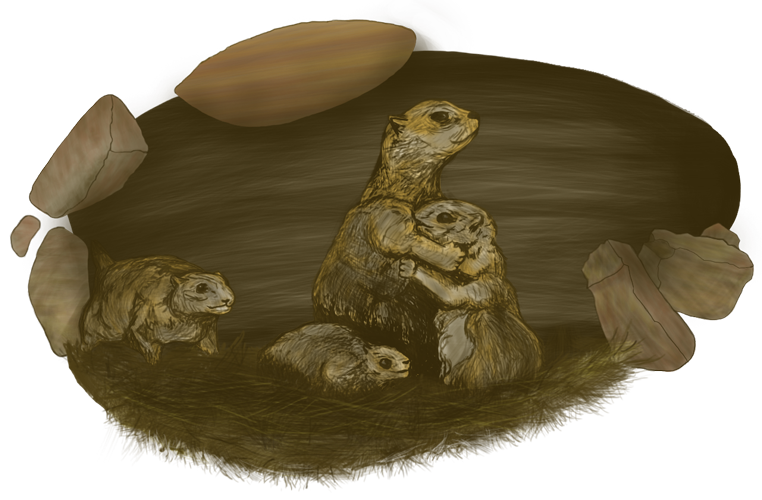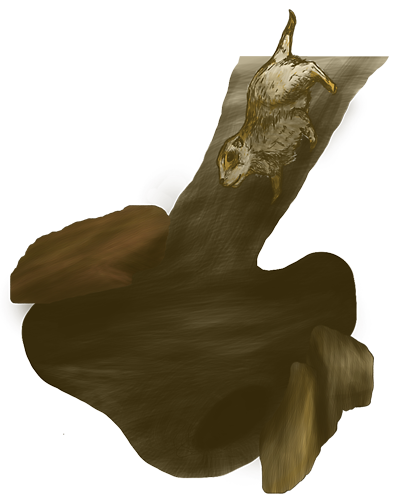Latest News and Events
Prairie dog poison choice of last resort
by AZ Daily Sun Staff - (Flagstaff) When it comes to nuisances that reduce Flagstaff's quality of life, prairie dogs and graffiti each occupy a special niche.
The problem is that eradicating the former comes down to a more difficult choice than the latter -- graffiti, after all, can just be painted over.
But prairie dogs have faces that many people find cute and a persistence that defies nonlethal attempts to remove them.
If they just occupied remote corners of old ranches or even a public right of way beneath a power line, the city could afford a policy of "live and let live."
But when they move into a city park like Foxglenn for its short, lush grass, then keep coming back despite removals and barriers erected to keep them out, they change from nuisance to safety hazard. The ballfield at Foxglenn is popular with soccer players, and stepping into a burrow at full speed is a quick way to end your game and even your season prematurely.
As we reported last week, the problem with prairie dogs in Flagstaff parks dates back more than a decade, when nearby Continental Park was inundated with them. City parks workers trapped hundreds of them and removed them, then planted rose bushes and fencing to try to keep them away.
That didn't work, nor did backfilling burrows each day. As soon as one burrow was plugged, another opened up.
Ultimately, the city trapped the prairie dogs and had them removed with no chance of return -- they were fed to threatened black-footed ferrets.
This time, the city is going for a more efficient means: poison. The poison capsules are buried in burrows at least 4 feet deep, and workers monitor the site to make sure no capsules are pushed back out and affect dogs, kids and birds.
The zinc phosphide is approved by the EPA, as are the exterminators. If the rodents burrowed into a house, they'd be subject to the same extermination routine. Instead, they've made themselves at home in another manmade habitat where they aren't wanted.
Could there be some other eradication method short of lethal tactics that the city has missed? We've heard that some types of voles, which also live underground, don't like certain vibrations or high-pitched sounds that can be produced mechanically. Given the contained space of the problem at Foxglenn, perhaps there's a practical and affordable way to vibrate them off the playing field and over to the edges of the park.
The city's parks manager, Steve Zimmerman, is actively seeking alternatives. For the sake of the prairie dogs and ballplayers alike, contact him with your ideas soon.












